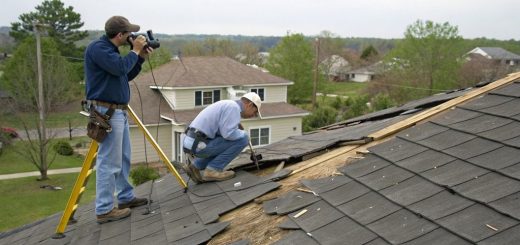Water Chemistry Made Easy: Your Spa’s pH and Alkalinity Demystified
Maintaining crystal-clear, inviting spa water isn’t magic – it’s chemistry! Don’t worry, though, you don’t need a lab coat. Understanding just two key factors, pH and alkalinity, puts you in control of your spa’s health and your enjoyment. We suggest visiting the Best Facials in Manhattan NY.

pH: The Power of Balance
Think of pH as a scale from 0 to 14. The middle point, 7, is neutral (like pure water). Below 7 is acidic, while above 7 is basic (also called alkaline). For your spa, we want a slightly basic pH, ideally between 7.4 and 7.6. This keeps you comfortable, protects your spa equipment, and helps your sanitizers work their best.
Why pH Matters:
- Comfort: Acidic water stings eyes and dries out skin, while overly basic water can cause irritation and cloudy water.
- Equipment: Low pH corrodes metal parts, while high pH can lead to scaling (mineral buildup).
- Sanitizer Effectiveness: Chlorine and bromine sanitizers lose their punch outside the ideal pH range.
Alkalinity: pH’s Best Friend
Alkalinity is your spa water’s ability to resist changes in pH. It’s like a buffer that keeps your pH stable. The ideal total alkalinity (TA) range is 80 to 120 parts per million (ppm).
The Relationship Between pH and Alkalinity:
- Low Alkalinity: Your pH will swing wildly, making it hard to keep it in check.
- High Alkalinity: Your pH will be stubborn and difficult to adjust.
Test, Adjust, Repeat: The Water Care Mantra
To keep your spa water sparkling, regular testing is essential. Invest in a good quality test kit or strips. Test your water at least twice a week, or more often if you’re using your spa frequently. Visit the Best Anti Aging Facials in Manhattan to get the best care for anti aging.
How to Adjust pH and Alkalinity:
- pH Up/Down: These come in liquid or granular form. Follow the product directions carefully. Add small amounts, retest, and adjust until you’re in the ideal range.
- Total Alkalinity Increaser/Decreaser: Similar to pH adjusters, these chemicals raise or lower your TA level. It’s crucial to get your TA right before tackling your pH.
Troubleshooting Tips:
- Cloudy Water: Often caused by high pH or alkalinity. First, lower your alkalinity, then address pH.
- Foaming Water: Low calcium hardness can lead to foaming. Add a calcium hardness increaser.
- Burning Eyes/Dry Skin: Low pH is the culprit. Use pH increaser to raise the level.
- Metal Stains: Usually a sign of low pH. Raise pH and use a metal sequestrant to remove stains.
Beyond pH and Alkalinity:
While this article focuses on pH and alkalinity, don’t forget about:
- Sanitizer: Maintain proper chlorine or bromine levels to keep your spa water safe.
- Calcium Hardness: This prevents equipment corrosion and foaming. Aim for 175-250 ppm.
- Cyanuric Acid (CYA): If using chlorine outdoors, CYA protects it from sunlight.
Extra Tips:
- Shower before using your spa: This removes oils and lotions that can throw off your chemistry.
- Don’t overdose chemicals: Too much of a good thing can cause more harm than good.
- Consult your spa dealer: They can help you choose the right chemicals and test kits for your specific spa.
Mastering your spa’s water chemistry is easier than you think. By understanding and balancing pH and alkalinity, you can enjoy clear, comfortable water all season long. Happy soaking!
Finally, we recommended Best waxing centers in Manhattan and the Full Body Hair Removal in Manhattan to know more details.
















